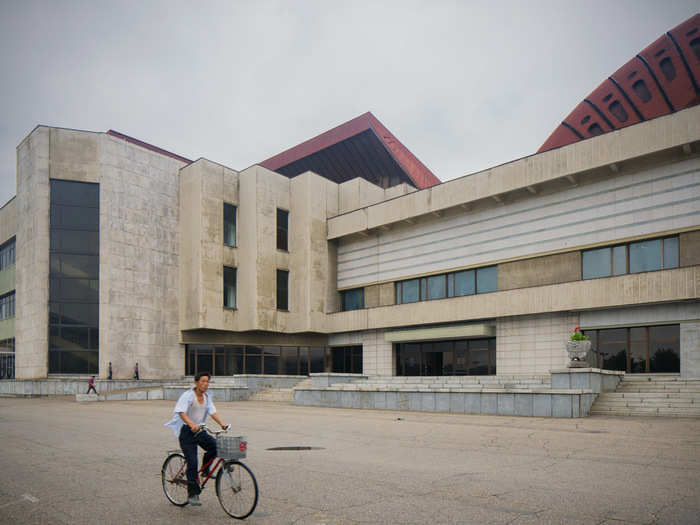



Source: The Guardian





Source: CNN











 Paytm shares decline 5, hit lower circuit as COO Bhavesh Gupta resigns
Paytm shares decline 5, hit lower circuit as COO Bhavesh Gupta resigns
 Rupee rises 3 paise to 83.42 against US dollar in early trade
Rupee rises 3 paise to 83.42 against US dollar in early trade
 Kotak Mahindra Bank shares climb nearly 5% after Q4 earnings
Kotak Mahindra Bank shares climb nearly 5% after Q4 earnings

Copyright © 2024. Times Internet Limited. All rights reserved.For reprint rights. Times Syndication Service.